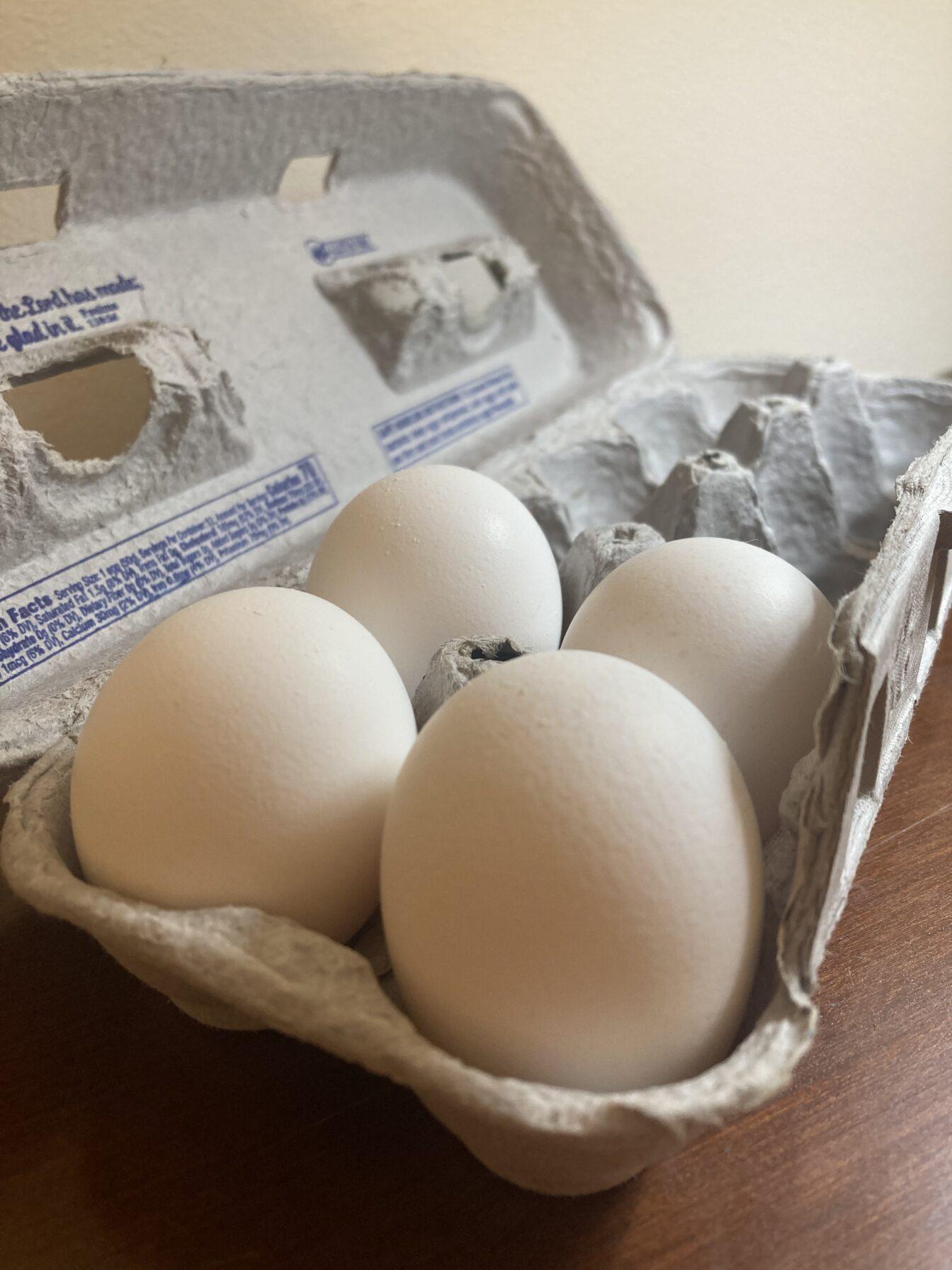Many students rely on eggs as cheap and convenient food, but as of late 2022, egg prices have risen dramatically in the U.S.
For the past 10 years, the average cost of a dozen eggs was between $1.50 to $2.00 in the U.S. As of late 2022, the average price of eggs has more than doubled, according to the Bureau of Labor Statistics, with the new average cost of eggs being $4.25.
According to University of Wisconsin agricultural and applied economics assistant professor Andrew Stevens, there could be more than one reason for the recent price changes. The rise in prices could be due to the avian flu, as well as inflation.
Both inflation and the avian influenza outbreak contributed to the price hikes across the entire food industry, Stevens said. Producers and grocery stores are increasing prices to combat the lack of supply.
“If today everyone bought eggs the way they normally would, we would have shortages,” Stevens said. “You would go to the grocery store, and the shelf would be bare.”
To avoid this scenario, retailers increase egg prices until those who would normally buy eggs find substitutes or choose to make different kinds of food, Stevens said.
Although the egg prices are high, those prices can prevent shortages, Stevens said. High prices are necessary to keep eggs on the shelf, and they ensure that egg producers can stay in business. Regardless of the high prices, people are still buying them, Stevens said.
For nearly a year now, farmers in the U.S. have been struggling as the highly contagious avian influenza outbreak is affecting poultry production. According to the Center for Disease Control, over 58 million birds have been infected with the virus, touching down in nearly all 50 states.
Avian influenza is not a new issue — the virus was first discovered in Italy in 1878, according to the CDC. It was first named the “fowl plague” until more appropriately named as the “avian flu” in 1981. There are two categories of avian flu — the highly pathogenic avian influenza can cause severe disease and death while the low pathogenic avian influenza shows no symptoms or mild disease.
According to Department of Animal & Dairy Sciences extension specialist Ron Kean, wild birds were the first to contract the virus. These wild birds typically have the necessary immune resistance to survive the virus, whereas poultry birds on farms do not. While avian influenza is not a new virus, the recent U.S. outbreak became a major problem for poultry farmers in the past year.
According to the CDC, domesticated birds likely become infected through direct contact with wild birds like waterfowl and other infected poultry. The infected birds spread the virus through nasal secretions, saliva, feces and contaminated surfaces.
Repopulation takes time as birds need months to grow and mature enough to make eggs. According to an article from the UW Division of Extension, the typical laying hen begins producing eggs around 18-22 weeks old.
Historically, outbreaks pop up during spring and fall migration seasons and then lessen in the summer, Kean said. In the past two years, the outbreaks didn’t appear to follow any discernible pattern. Avian influenza is common enough in wild birds that farmers will need to continue monitoring poultry flocks using proper biosecurity methods.
According to the Wisconsin Department of Agriculture, Trade and Consumer Protection, some of these methods include, keeping farm visitors to a minimum, keeping pests out of poultry houses, avoiding contact with non-commercial birds, keeping farming areas clean and much more.
Once there is an outbreak, or some poultry birds contract avian influenza, there is a chance for the virus to spread through the flock. According to the CDC, to avoid the virus spreading, once farmers identify an infected bird they are required to eradicate the infected flock. Farmers must also monitor chickens nearby or linked to the infected flocks and quarantine exposed chickens.
According to an article from the UW School of Veterinary Medicine, a vaccine would need to be effective enough to fight every strain of the virus. Viruses change over time, so scientists need to develop a vaccine for a wide range of strains. Vaccines can also make it difficult to conduct surveillance testing.
Vaccines are not completely out of question, Kean said. But like human influenza, avian influenza can mutate. Because of frequent mutations in the avian flu virus, it’s difficult to make the most effective vaccine.
“I do think we’re starting to see more discussion of using vaccines,” Kean said. “So, as this continues to be a problem, there’s going to be more and more pressure to look at vaccination.”


